Table of Contents
Moments and Couples:
The moment of a force about a point is the product of the magnitude of the force and the perpendicular distance of the point from the line of action of the force.

The moment of a force F about point O is given by FP, where p is the length of the perpendicular from O on the line of action of the force F. The unit of the moment is Newton-metre. The moment of a force about a point produces a tendency of rotation about the point.
Geometrical Interpretation:

We consider a force F represented by ![]() and let O be any point outside it. OA and OB are drawn. OP is drawn perpendicular to AB. Then the moment of the force F about O = F x OP = AB x OP = 2 x ar (△AOB).
and let O be any point outside it. OA and OB are drawn. OP is drawn perpendicular to AB. Then the moment of the force F about O = F x OP = AB x OP = 2 x ar (△AOB).
Unit of Moment:
The S.I. unit of the moment is Newton-metre (Nm) and its C.G.S. unit is dyne-centimetre.
Sign of the Moment:
The moment of a force is taken to be positive when the tendency of the force to turn the body about a point is anticlockwise, otherwise, it is taken to be negative.
Moment of the Resultant of Two Forces- Varignon’s Theorem:
The algebraic sum of the moments of any two coplanar forces P and Q (except two equal and opposite forces) about any point O in their plane is equal to the moment of their resultant about that point.
If the point O lies on the line of action of the resultant, then the algebraic sum of the moments of the forces P and Q about O is zero. Conversely, if the algebraic sum of the moments of two forces P and Q about any point O is zero, then either the resultant is zero or the resultant passes through O.
Couples:
A system of two equal and unlike parallel forces, not having the same line of action, is said to form a couple.
Moment of a Couple:
The moment of a couple is defined as the product of one of the forces forming the couple and the arm of the couple. Thus, the moment of the couple (F , p) is Fp and is equivalent to the moment of one of the forces about any point on the line of action of the other. The effect of a couple on a body is to produce pure rotation.
Positive and Negative Couples:
The moment of a couple decides the tendency to produce rotation. The greater the moment, the greater is the tendency for rotatory motion. The rotatory motion is of two kinds:
- Anticlockwise rotatory motion.
- Clockwise rotatory motion.

The rotatory motion from left and to right is shown in Figure (i). Hence the moment is P + p.
A negative couple has a tendency to produce clockwise rotatory motion as shown in Figure (ii). Its moment is -Fq.
Note:
(i) The resultant of any number of couples acting in the some plane on a rigid body is again a couple.
(ii) The algebraic sum of the moments of the two forces forming a couple about any point in their plane is constant and it is equal to the moment of the couple.
| Example- A non-uniform bar of length 10 m rests in a horizontal position supported at its ends A and B. When a weight of 12 N is attached to a point of the bar 8 m from A, the reaction at B is double than the one at A. When the same weight is attached to a point from 3 m from A, the reaction at A is double than the one at B. Find the weight of the bar and the distance of its centre of gravity from A. Solution- Let AG = x, AC = 8, AB = 10 and GB = 10 – x. Now from the figure,  R + 2R = W + 12 ⇒ R = W/3 + 4 ……….(i) Taking moments about G, we get, -R (x) – 12 (8 – x) + 2R (10 – x) = 0 ⇒ R = (20R – 96)/3(R – 4) ……….(ii) Now, let D be the point on AB such that AD = 3m. Taking moments about G, we get -2 R(x) + 12 (x – 3) + R (10 – x) = 0 ⇒ x = (10R – 36)/3(R – 4) ……….(iii) From (ii) and (iii), we get (20R – 96)/3(R – 4) = (10R – 36)/3(R – 4) ⇒ 20R – 96 = 10R – 36 ⇒ 10R = 60 ⇒ R =6 Now, putting R = 6 in (i), we get W = 6N. Also putting R = 6 in (iii), we get x = 4m. |

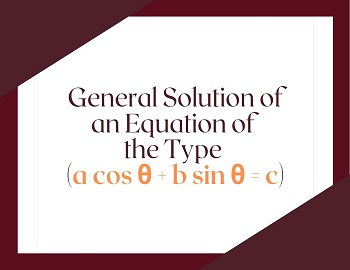
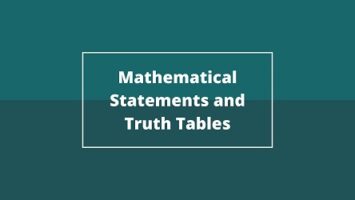
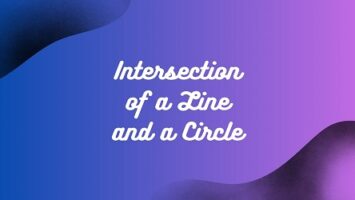
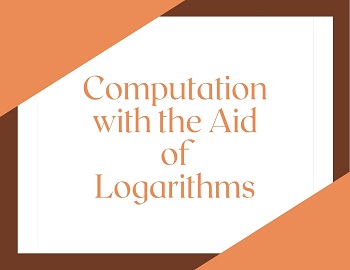
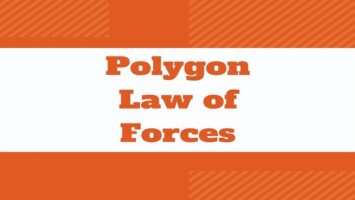
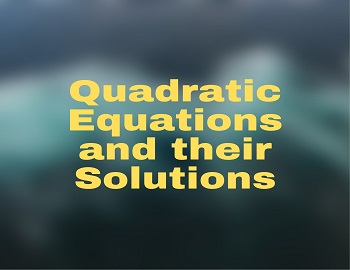
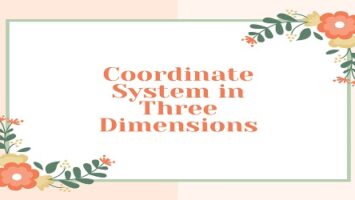
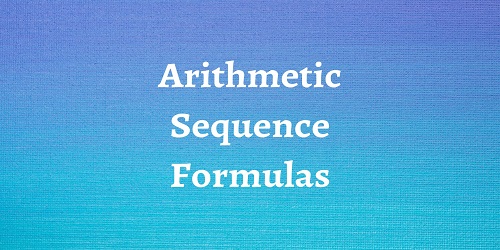
Comments (No)